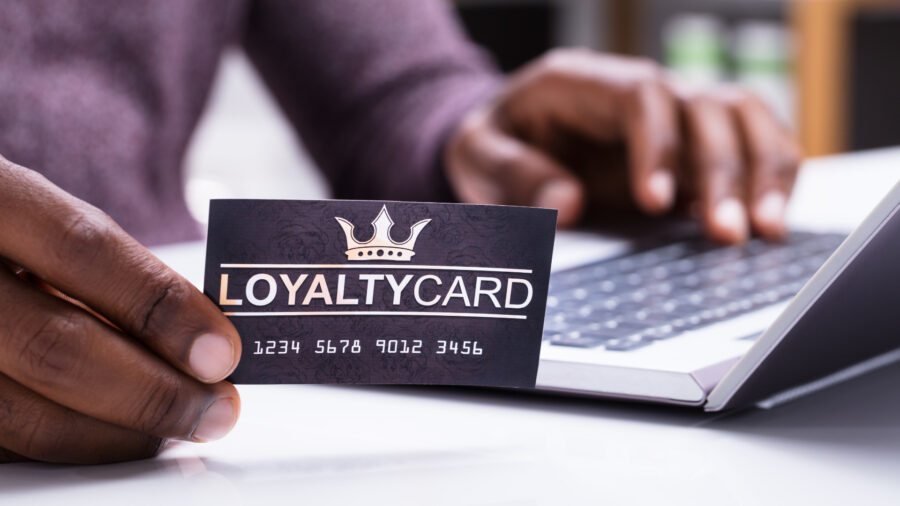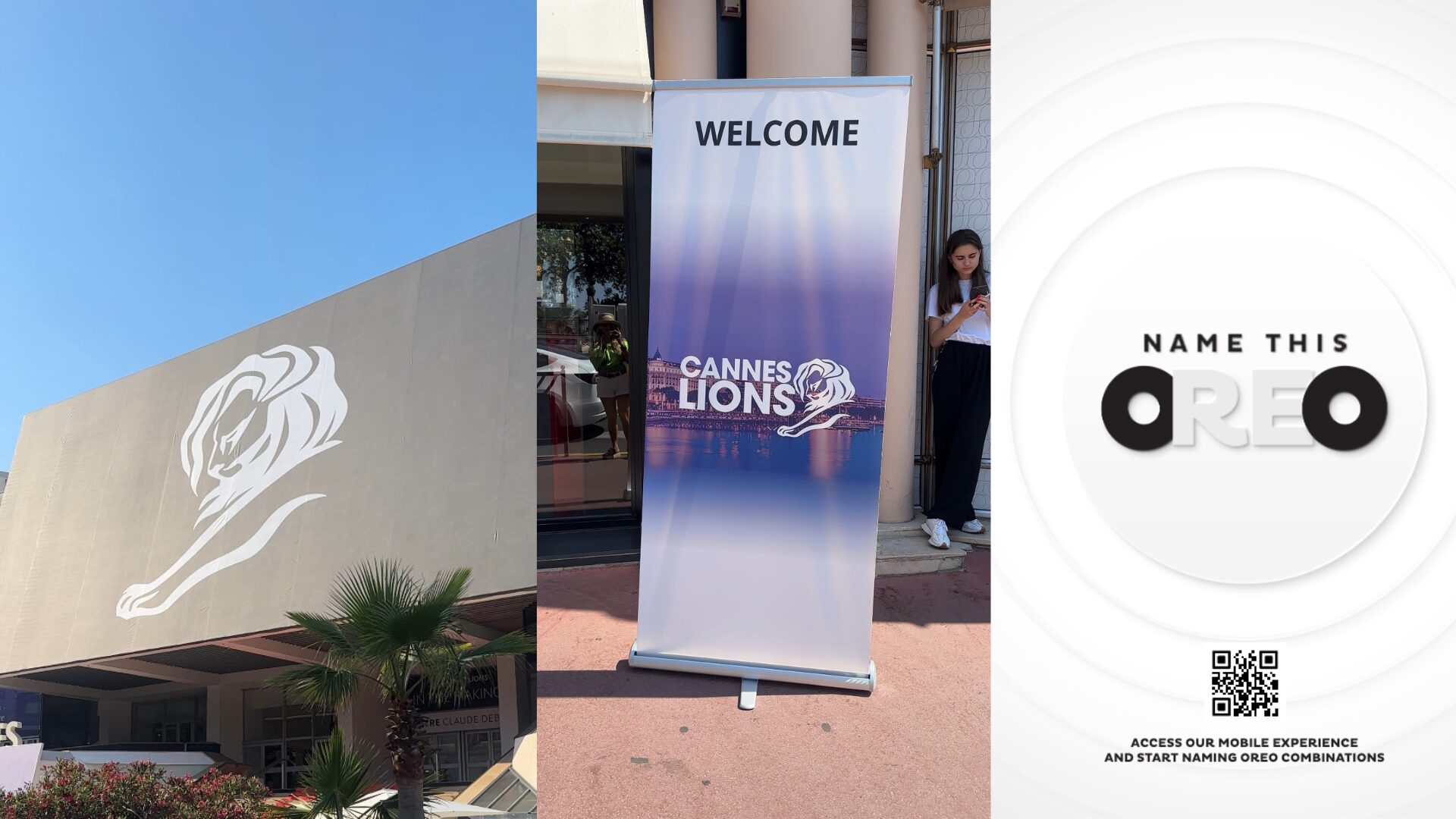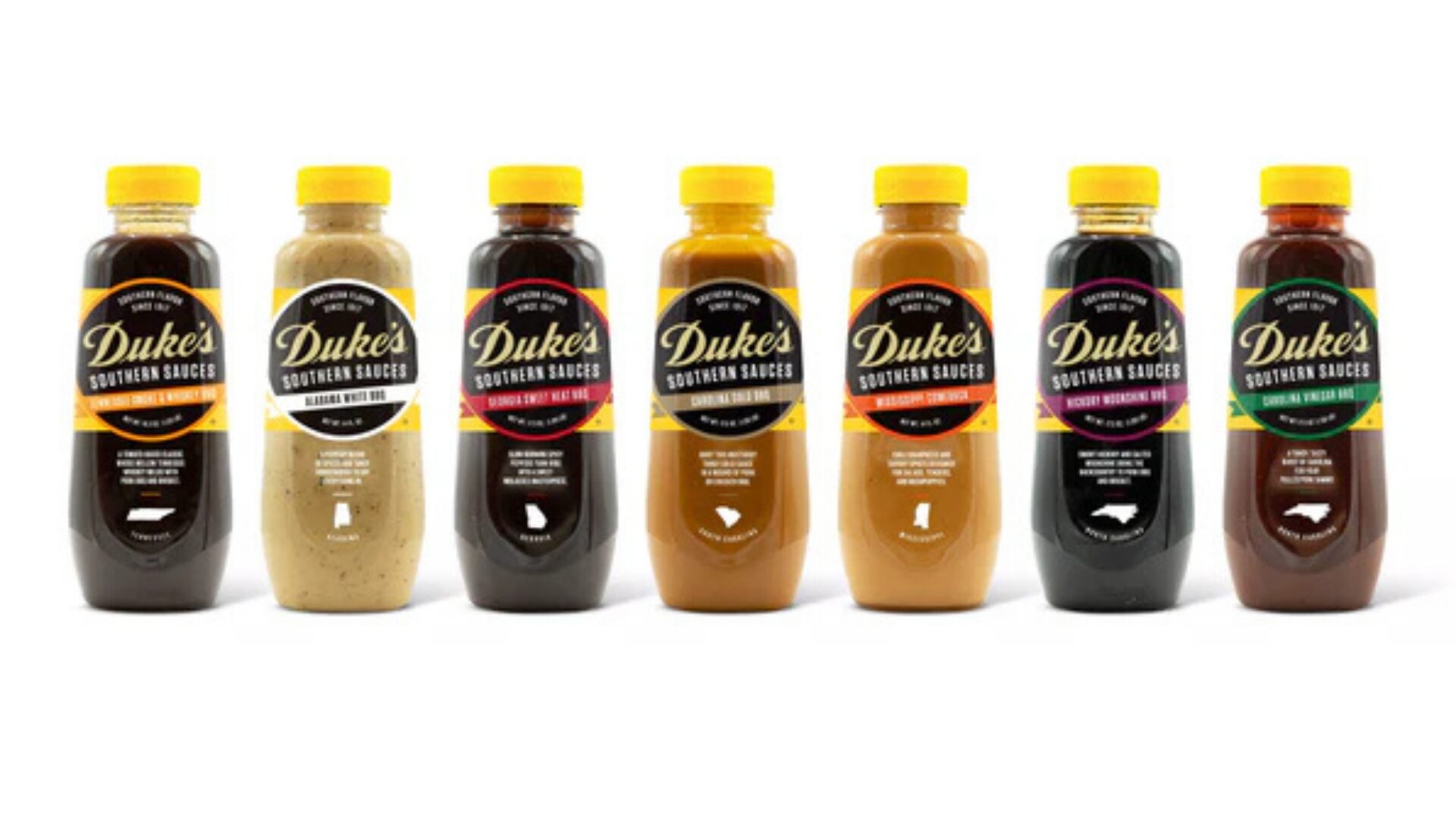Inflation means price-conscious shoppers are trading brand loyalty for promotion hunting habits, but smart grocers can still instill loyalty in their existing shoppers. In fact, grocers can even use this time as an opportunity to build market share.
The key is understanding your audience on a deep enough level to deliver their specific needs both online and in-store to turn agnostic, occasional shoppers into valuable regulars.
“I go back to a stat that’s always stuck with me — I think I got it from my dunnhumby days — which is that one loyal grocery customer is worth about 12 non-loyal shoppers,” said Charlie Ward Wright, President of stor.ai.
“Unless you’re a convenience store that’s off of every exit, where so many people on the highway are driving off and visiting, you’ve got to focus on loyalty. Well-executed personalization generates that brand loyalty.”
GETTING PERSONAL
Good personalization should work as pure benefit for the shoppers — for instance, Wright noted that a grocer’s website should register whether a known shopper has allergies, is vegetarian or is trying to eat healthy and automatically tailor their digital experience accordingly. This personalization shouldn’t be limited to shaping a customer’s interactions with the brand. It can also build loyalty between shopping excursions.
“Send those emails and texts to say, ‘Hey, you shopped last week for this and it was out of stock, but we wanted to let you know it’s back in stock now.’ What a great way to handle that the stock challenges that grocers inevitably face,” Wright said.
“You can also send reminders to say, ‘You haven’t bought your toilet paper in 30 days, have you forgotten to place an order?’ Now they’re back in the shopping experience and they’re placing more orders. Communications outside the shopping experience are just as key to developing that loyalty, which is key to the profitability in these inflationary times.”
CHOOSE WORDS WISELY
A tip Wright shared for communications, particularly outside of the shopping experience, is to make them flexible and opt-in. A shopper may be comfortable receiving email alerts but not texts, or only want notifications regarding certain opportunities.
Letting customers pick and choose which communications they receive ensures grocers are sending out effective messages while avoiding coming across as overbearing.
Personalization also can help grocers make the most of their private label offerings, Wright said.
PRIVATE LABEL’S TIME TO SHINE
Knowing what your shoppers are looking for in a brand provides an opportunity to promote private label items in the most effective manner across every channel — including directly pitting their attributes against national brands. This is particularly effective in a time where more than half of shoppers are switching to budget brands to save money.
“You can juxtapose your private label against the main labels,” said Wright. “Whether it’s on a shelf, in an ad or in a personalized email, where you put your private label and its cost next to the other well-known established brands has a big impact on the customer’s perception of your private label product and of the perceived value that they’re getting.
“This personalization allows you to not only get your private label in front of these shoppers, but also play around with intelligent ways to present that product in a way that looks the best.













